The South Kensington Museum continued to increase its textile collection between 1880 and 1900. During this period the museum acquired significant items, such as the so-called Coptic textiles from Egypt, or velvets such 81a-b-1892 or 334-1886. Here I highlight those related to the Interwoven project.
This post considers two very different contributions to the Museum’s collections: that of J.C. Robinson and J.F. Riaño. The former was a museum and exhibition curator at the Museum from 1853-1879, while the latter was an art referee for the Museum.
Robinson was commissioned by the Museum to travel to Italy, Portugal and Spain. During his travels (in 1863, 1865 and 1879) he acquired objects for the Museum and for himself. He was interested in collecting masterpieces from different historical periods and had a particular passion for the Renaissance rather than contemporary production (fig. 1). This bias can be seen in the textiles purchased by him in 1880: velvets, altar frontals, ecclesiastical vestments, all from the late Middle Ages and early modern age, and with a particular focus on Renaissance art.
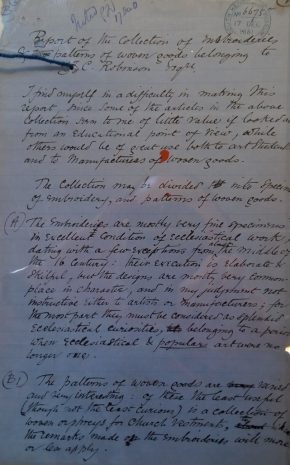
On his trips, he bought many Spanish works (fig. 2a and b) and some Portuguese ones. He also commissioned photographs or plaster casts of objects, such as the photos of objects in the Royal Armories of Madrid, for example, or casts from Leon Cathedral.

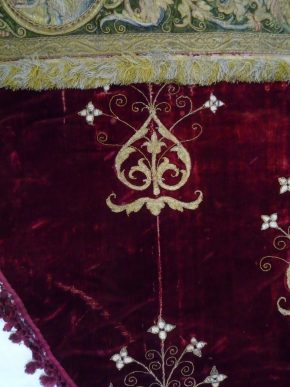
About this time, in 1897, Robinson wrote that he made:
successive yearly expeditions, of several months’ duration, in which innumerable art auctions, dealers’ gatherings, old family collections, convent and church treasuries, yielded up an infinity of treasures, usually, as the label prices attached to the specimens at South Kensington attest, at fractional prices as compared with their present values.
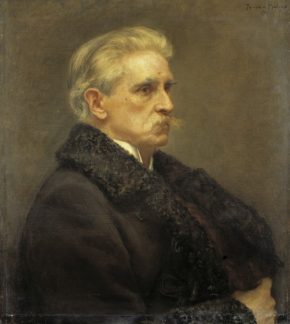
In contrast, Juan Facundo Riaño, a Spanish University Professor (fig. 3) and first director of the Museo Nacional de Reproducciones Artisticas (Spanish National Museum of Casts) was aware of the Museum’s interest in purchasing contemporary artworks and traditional arts. As an art referee (1871 – 1879) for the Museum in Spain, he wrote monthly reports for the Museum, about what pieces were on sale and might be of interest. He wrote mostly of Madrid’s art market. Thanks to his knowledge and connections the Museum was able to buy many artworks from Spain.
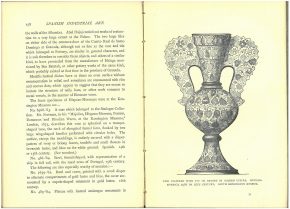
He was considered an expert in Spanish art and decorative arts, as Holly Trusted explains in her article ‘In all cases of difference adopt Signor Riaño’s view’.
He was commissioned by the Museum to write a guide to the Spanish decorative arts for the Museum, and it was published in 1872 and 1879 (fig. 4).
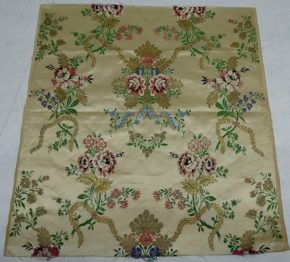
Among the artworks acquired following Riaño’s report, I would like to highlight two sets of textiles – the first from the silk manufacturer Garín of Valencia (fig. 5) , well-known until the end of the 20th century for its silk textiles based on 18th-century patterns and the second, from Molero, a Royal textile manufacture of textiles for Church vestments located in Toledo.
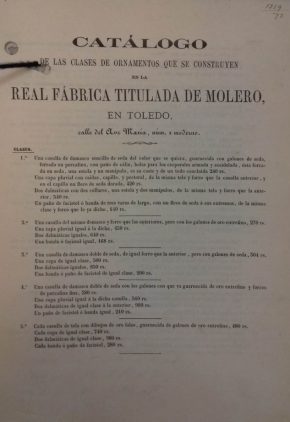
The V&A Archive holds Molero´s catalogue (fig. 6), one of the few that survive. This purchase comprised a selection of textiles (fabric samples) that Riaño explains as follows:
The last time I was at Toledo I saw a collection of patterns of the different silks, they make including 15 different designs woven with gold and silver on different colours. The prices are on an average 2, 10 to 5, 10 GBP a metre. I think it may interest you to know of this, and perhaps suit you to have some specimens for the Exhibition of 1873.
Bibliography:
L. Monnas, 2012: Renaissance velvets, London: V&A Publising.
M. Trusted, 2006: “In all cases of difference adopt Signor Riaño’s view” in Journal of the History of Collections, 18-2, pp. 225-236.
C. Wainwright, 2002: “The making of the South Kensington Museum, III. Collecting abroad” in Journal of the History of Collections, 14-1, pp. 45-61.
Ackwoledgement: Ateneo de Madrid collection for the photo of the portrait of Juan Facundo Riaño.
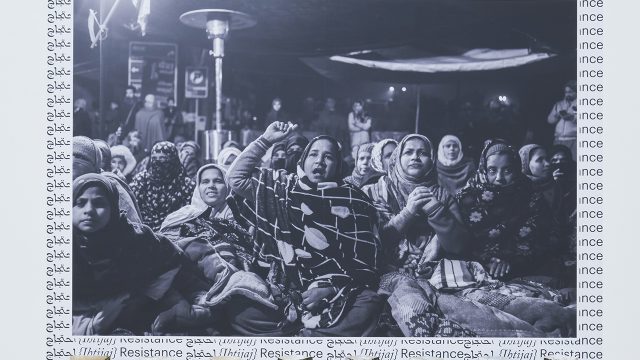
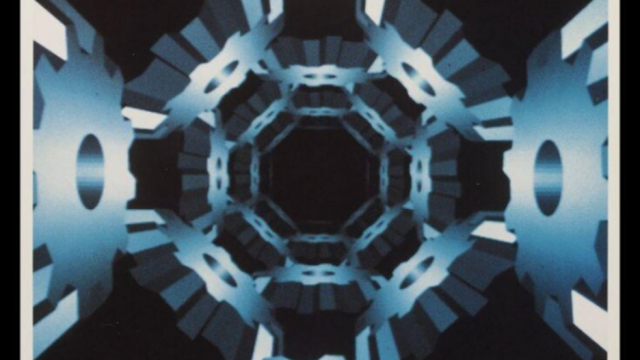
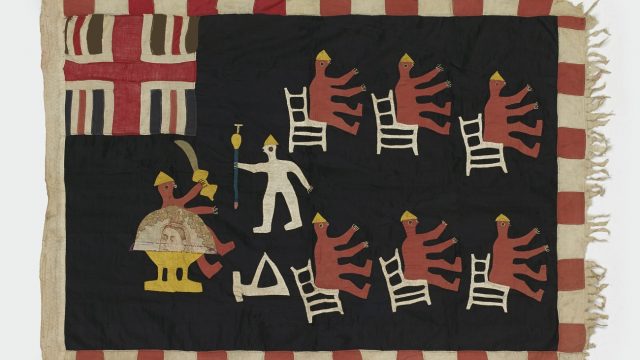
Here’s, we have listed the 70 different types of Mortys in Pocket Mortys. You can easy to get all of the multiverse Mortys by arresting them in the wild with a Morty Manipulator Chip or by winning them at Blips and Chitz.